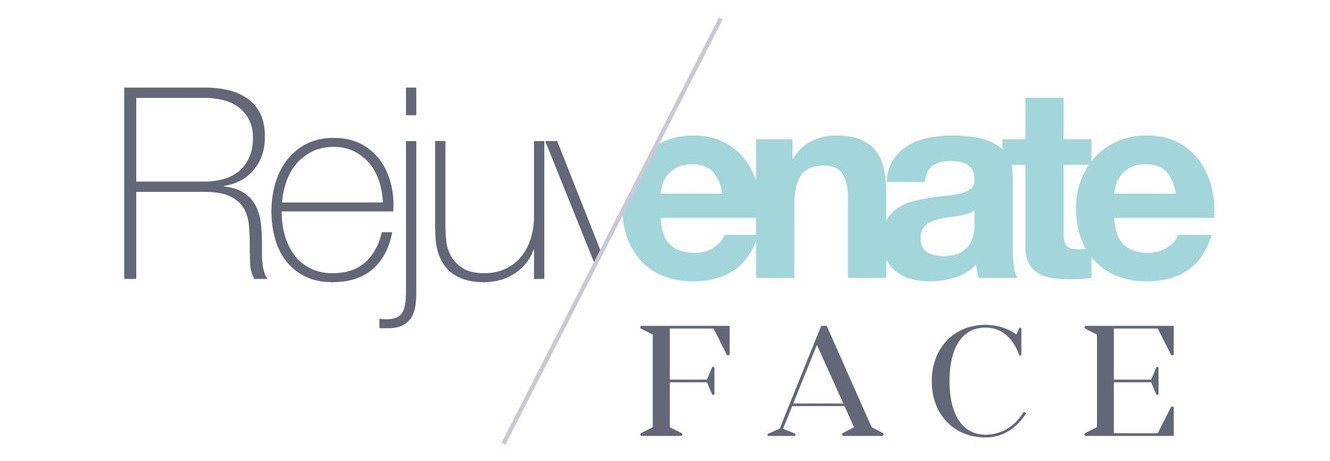Concerned About Facial Asymmetry? Explore Temple Fillers
Temple fillers offer a non-surgical solution to restore volume and enhance your facial contours. If you're looking for a natural-looking lift, consider this effective and minimally invasive treatment.
Frequently Asked Questions about Temple Fillers
What are temple fillers and how do they work?
Temple fillers are injectable gel-like substances made of crosslinked hyaluronic acid (HA) to restore volume loss in the temple area. They work by plumping up the skin, lifting the brow, and smoothing out wrinkles for a more youthful appearance.
Are temple fillers safe?
Temple fillers are generally safe when administered by a qualified and experienced practitioner. However, like any medical procedure, there are potential risks and side effects, such as bruising, swelling, infection, and rare but serious complications like vascular occlusion (blockage of blood vessels).
How long do temple fillers last?
The longevity of temple fillers varies depending on the type of filler used and individual factors like metabolism. Typically, results can last anywhere from 6 months to 2 years.
What is the recovery time after temple filler treatment?
Most people experience minimal downtime after temple fillers. You may have some mild swelling or bruising, but this usually subsides within a few days. You can typically resume normal activities immediately.
Am I a suitable candidate for temple fillers?
You may be a good candidate for temple fillers if you have noticeable hollowness in your temples, a drooping brow, a tired appearance, or facial asymmetry. A consultation with a qualified practitioner is the best way to determine your suitability and discuss your individual goals.
Do temple fillers hurt?
Most people report minimal discomfort during temple filler injections. A topical numbing cream is usually applied beforehand to minimize any sensation. You may experience some pressure or a slight stinging sensation, but this is generally well-tolerated.


